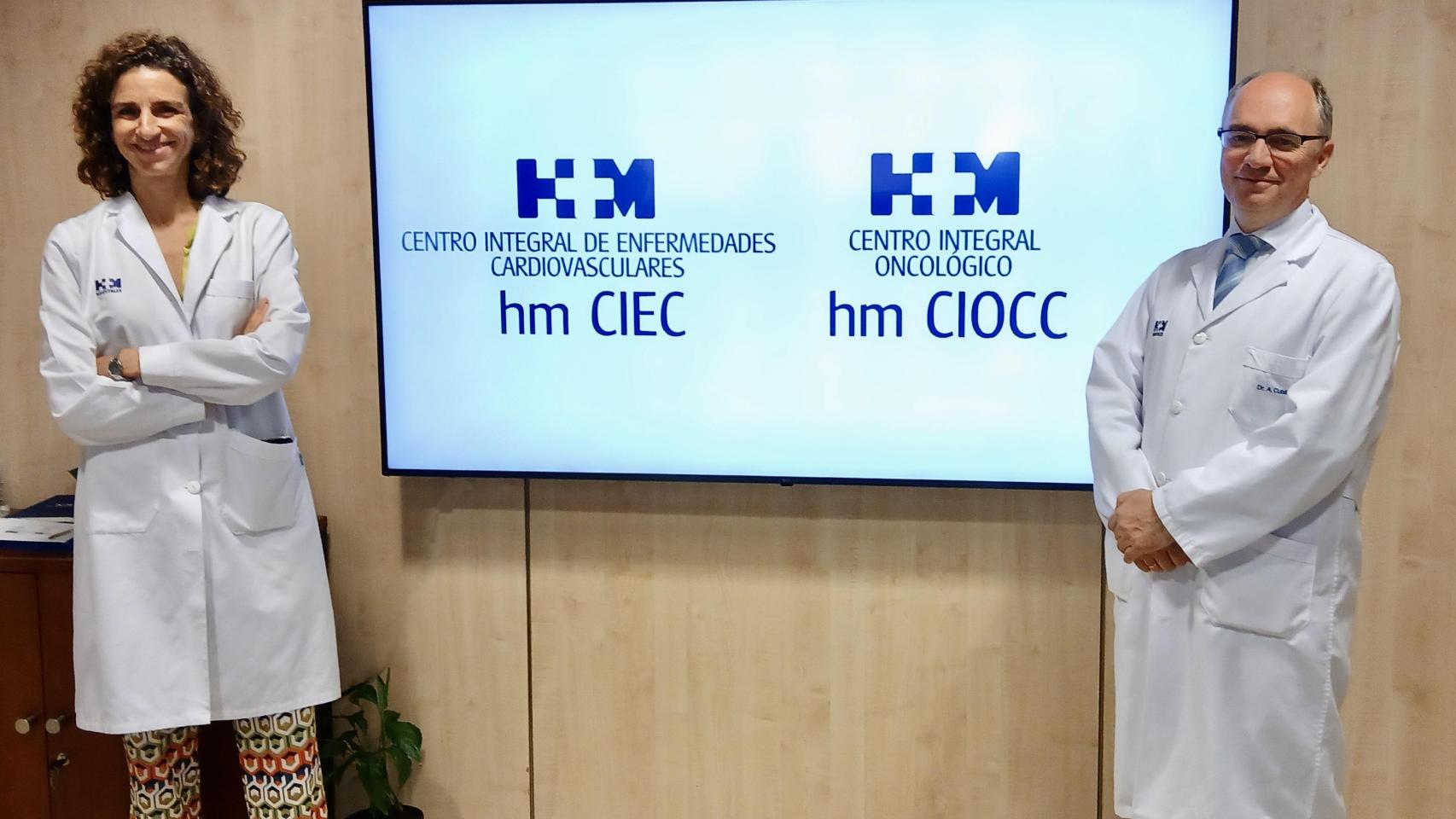Pioneering therapy combining oncology and cardiology in Spain improves patient survival

More than half of deaths in Spain are due to cancer or from cardiovascular diseasesThis is evidenced by data from the National Institute of Statistics (INE). However, the two diseases are interrelated: the leading cause of death for long-term cancer survivors is heart problems, caused in part by toxicity treatment, and all cardiovascular risk factors are also long-term risk factors for cancer.
“There is no point in saving a person from a heart attack if he dies the next day from a tumor,” says the doctor. Leticia Fernandez FrieraDirector of the HM CIEC Comprehensive Cardiovascular Center, doctor Antonio Cubillo, Director, HM CIOCC Clara Kampal Comprehensive Cancer Centre. Both teams are currently launching a joint strategy involving HM Hospitals’ Ultra Early Detection and Prevention of Oncology (UPDHO) Unit and Cardiac Oncology Unit to integrate both specialties in terms of healthcare, teaching and research.
“This is a two-way and innovative strategic alliance,” the specialists explain. On the one hand, HM Hospitales patients over 45 years of age who are treated in the cardiology department can request a study in the cardiology department. very early diagnostics; On the other hand, anyone starting cancer treatment will receive a cardiovascular risk assessment and an active treatment strategy. cardioprotectionThe goal, as Fernandez Friera explains, is to “anticipate the worst,” that is, the possible adverse effects of the therapy.
Dr. Cubillo also emphasizes the important work of raising awareness among doctors and patients about the need for early testing on healthy and asymptomatic people. Near liquid biopsy, minimally invasive and is suitable for several profiles, allowing the diagnosis of colon adenocarcinoma and common polyps, breast carcinoma, pancreatic adenocarcinoma, bladder carcinoma and hematological malignancies. Multitumor tests, in turn, can detect up to 70 types of tumors. Thus, the probability of a person’s recovery increases from 60% to 90%, says the director of HM CIOCC.
On the other hand, cancer patients high cardiovascular risk These are those with a family history of cardiovascular disease, those who will require surgery, or those who will be treated with anthracyclines, AntiHer2 or immunotherapy. The Cardiac Oncology Unit, led by Dr. Ana Pastor and Dr. Julio Osende, will treat the specific diseases of these patients so that they do not interfere with oncological treatment.
Technological implementation of artificial intelligence Myo-strain will complement this strategy by allowing modulation of treatment based on MRI, performed in no more than 10 minutes. “The ability to integrate different information will significantly improve diagnosis,” says Dr. Fernandez Fiera. “LTo “Being able to have on one platform what the cardiologist, the clinical cardiologist, the geneticist, the molecular testing specialist and the oncologist are telling me will allow us to be much more decisive.”
“We hope to cure many more people in a very simple way,” says Cubillo. “Patients cannot even imagine the suffering that is taken away from them and the satisfaction of doctors.” According to the director of HM CIEC, finding synergies between specialties is another goal, “which really involves joining forces” and conducting “collaboration” between the various doctors involved. Finally, the patient’s “referral scheme” will be “simple and clear”, with a commitment to provide care within 48 hours.
“Every second person will die from heart disease or cancer,” says Fernandez Fiera. “So half of us You will benefit from this strategy. We should go to the doctor even if we are not sick: it may reduce the probability of death by 50%“The goal, Cubillo emphasizes, is that within ten years these two diseases will no longer be the leaders in mortality, and he calls on other centers to “copy” them. The publication of research, which this strategy promotes, and raising awareness of healthy habits from an early age are another pillar of this pioneering commitment.
